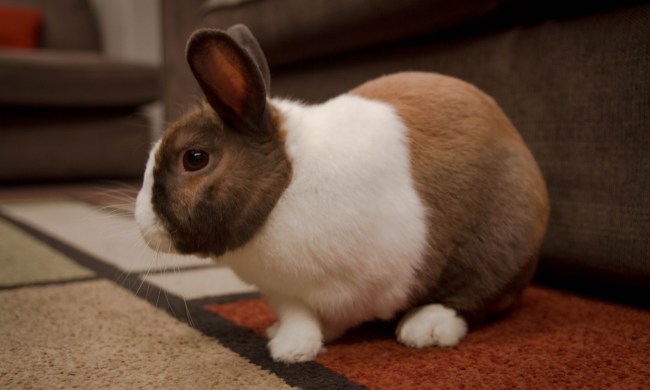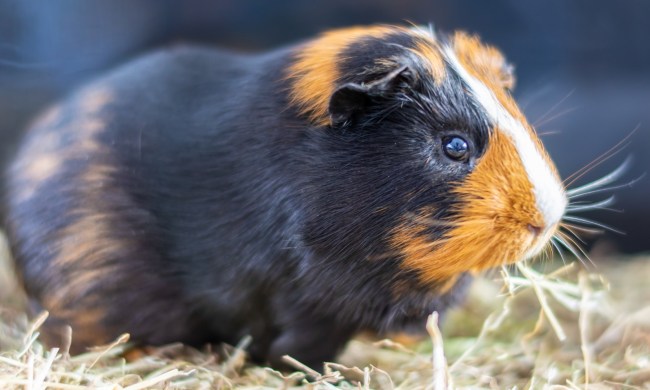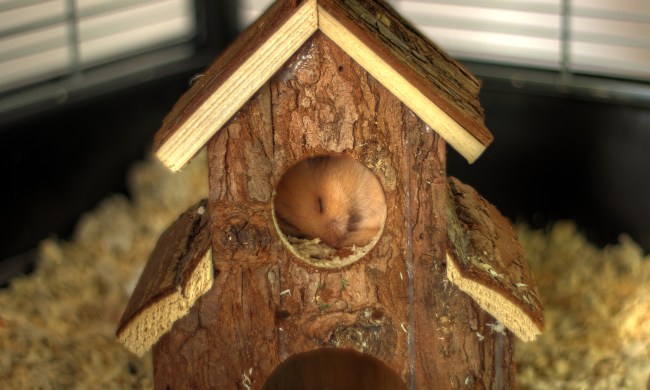When it comes to species, fish are some of the most diverse. Just take a trip to your local pet store; you’ll be surprised just how many variations of the same species there are. Then again, the vibrant colors are one of the reasons fish make such popular — and unique — pets. From freshwater to saltwater, the needs of fish vary just as widely as their appearance.
Goldfish don’t thrive in the same environment as angelfish, for example. Some fish prefer darkness and places to hide, while others do well in more light. It’s important to read up on your fish’s needs so you’ll know what’s required of you, but it’s also fun to experiment a little when it comes to tank decoration. If you’re feeling extra creative, you can even make your own aquarium background to add an extra layer of depth to your fish’s tank. Read on to find out how.
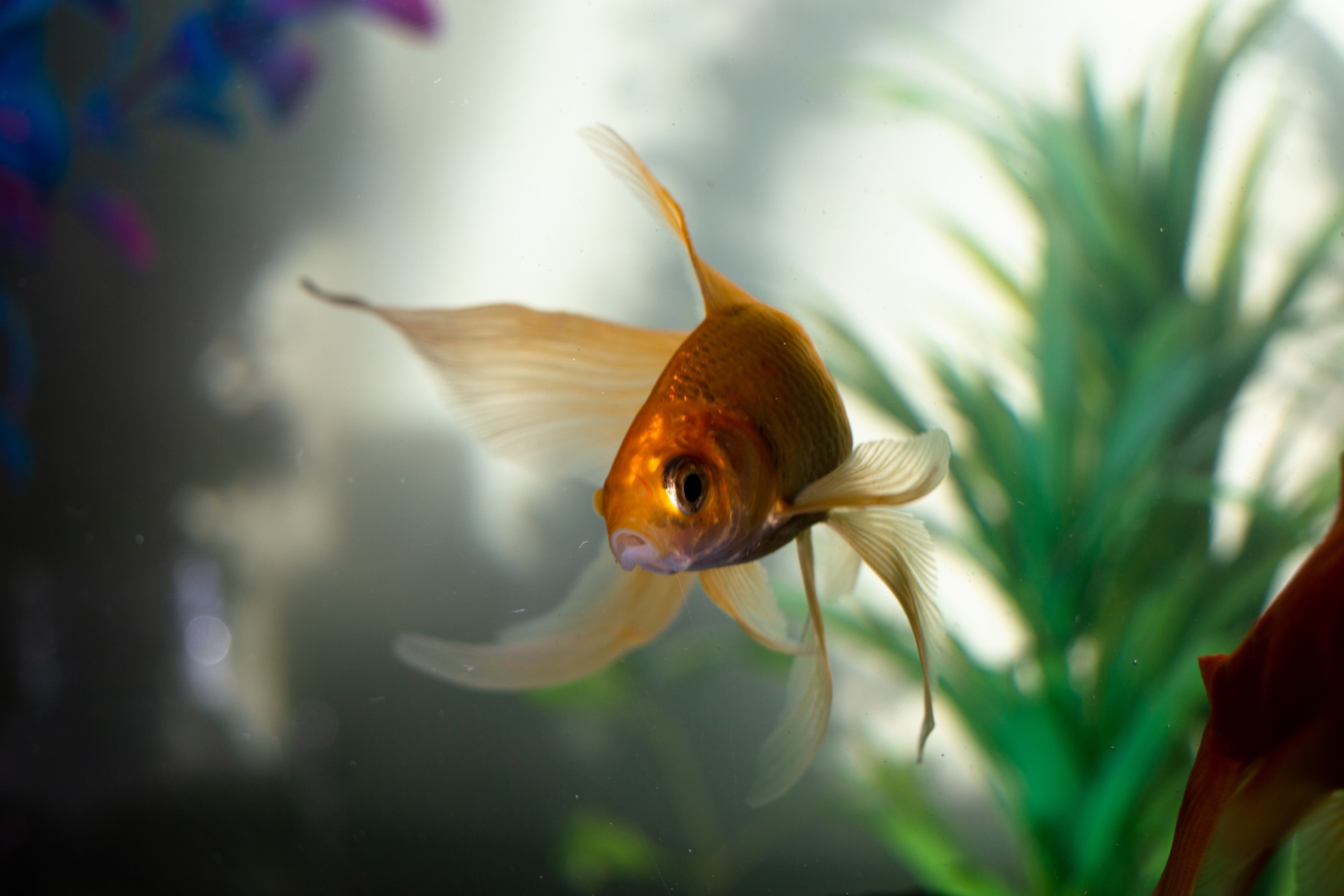
What is an aquarium background?
Some people will attach a paper background to the backside of the tank in order to step up the aesthetics. It’s not uncommon to see backgrounds that mimic a fish’s natural environment, whether it be a coral reef or a riverbed. This helps fish adapt to the aquarium and the happenings around it.
While most aquarium backgrounds are made of paper, you will find some that are either a sheet of thin plastic (for durability purposes) or even a 3D silicone material. Whichever direction you go, make sure the materials and dyes used are fish-friendly — especially if your background goes inside of the tank.
There are a few kinds of aquarium backgrounds that you can buy (or make!) fairly easily. The most popular is a photo backdrop which is usually printed on a large paper that you tape to the back of your fish tank, though solid color or patterned backgrounds are available, too. Some aquarists build a 3D background out of pet-safe aquarium rocks and plants as well.
Why do you need an aquarium background?
Although most aquarists start using tank backgrounds for visual reasons, they have a surprising effect on the fish, too. Studies have proven that some fish are actually afraid of their own reflections, which they can usually see on regular aquarium glass. With a background, they’re usually not able to see their reflections, which reduces a lot of stress for you both.
An aquarium background also helps you control your fish’s environment so they can remain in optimal health. For some fish, darkness helps them remain calm and safe, so a dark-colored background that imitates their natural habitat will help. If your fish seem to be rather unbothered by light or dark, you can also use a tank background to complement their colors and help them stand out — for example, light-colored fish will stand out against a dark background, while darker-colored fish can be seen better against a light backdrop.
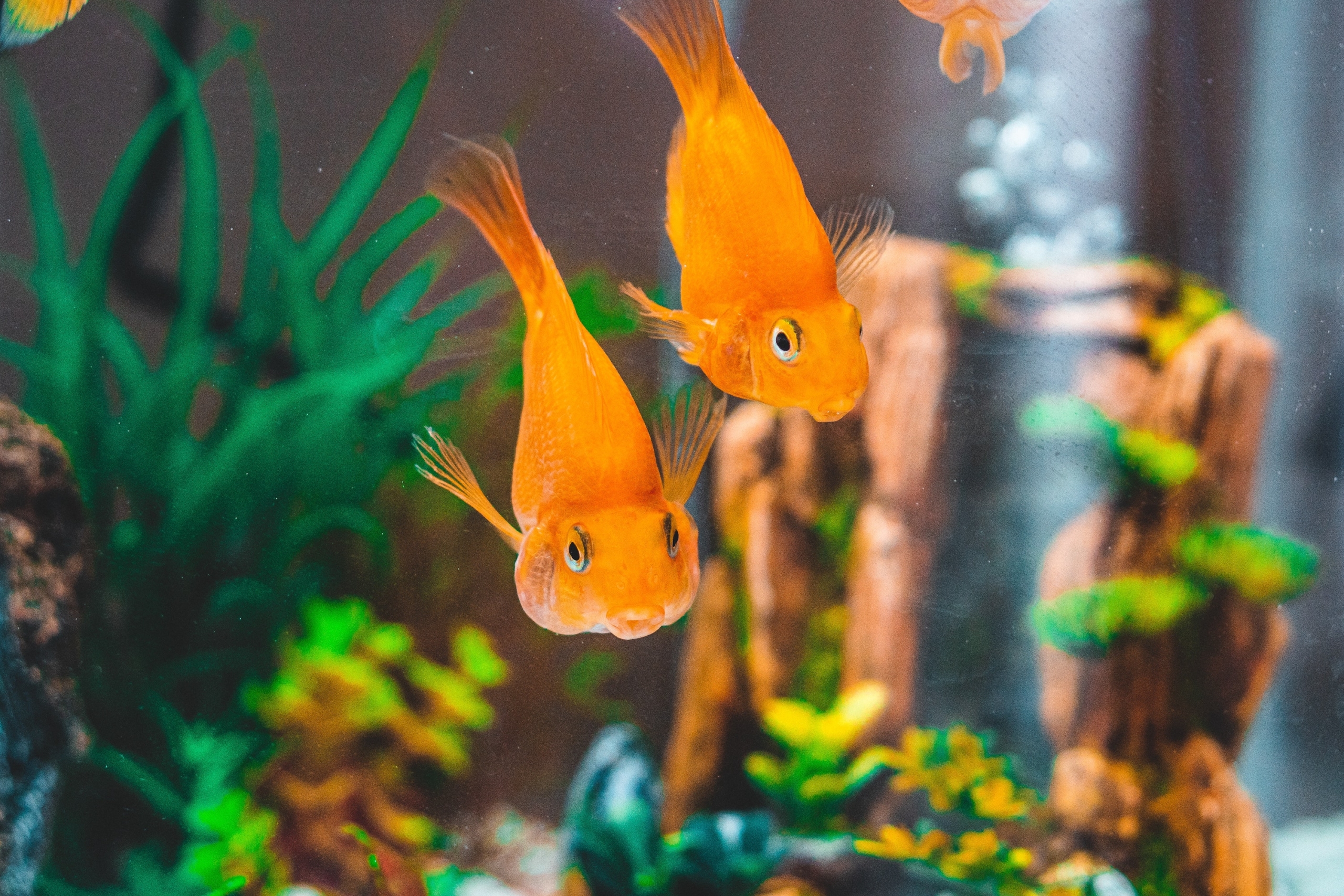
DIY aquarium background ideas
No matter what kind of vibe you want your aquarium to have, you can make a paper background for your tank with just a few supplies. Once you have an idea what you want to make, it’s smooth sailing.
To imitate the classic photo backdrop that you see on a lot of tanks, you can print your own photo at an office supply store. Make sure to measure your tank as well as your print (it’ll be big!) to ensure your picture covers the entire back of the tank. Then, just tape and go!
For fish who aren’t picky or in need of a specific environment, using wrapping paper as a tank background is a super easy way to go. It’s easy to remove and replace, but you won’t be spending a fortune to decorate your tank. Plus, wrapping paper comes in tons of fun patterns and colors, so you and your fish will always have something fun to look at.
For a more intricate 3D background, you’ll need a few more supplies and a lot of time. You’ll construct the base of the backdrop using insulation foam (here’s a great example!) and skewers for support. Once your shape is defined, it’ll take a few coats of liquid cement to waterproof the structure before installing it in the tank. Since you’re building this decor from scratch, the possibilities are endless. Get creative!
Alternatively, you can create your own aquarium background simply by placing a row of tall aquatic plants (whether real or plastic) in the back of the tank. This will give a more natural look than using background paper, and it gives fish more places to explore and hide — a win-win! Fortunately, there’s a wide variety of aquatic plants to browse and choose from, so you can still customize your tank to the aesthetic you’re looking for.

